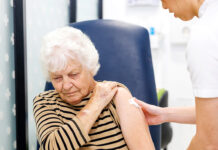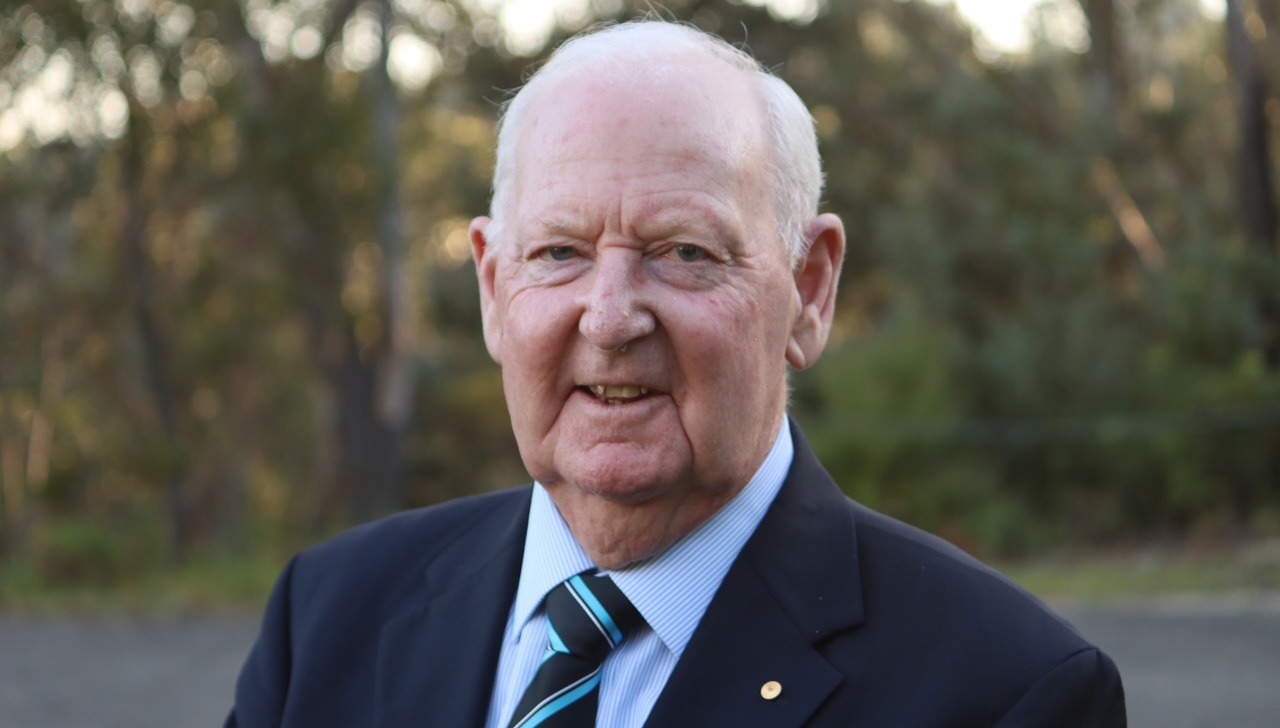Pregnancy is often a crucial time for mothers to consider smoking cessation, due to increased risks of complications associated with continued smoking – such as premature delivery, intrauterine growth restriction, miscarriage, neonatal nicotine withdrawal syndrome and sudden infant death syndrome.
However, there are also concerns about the safety of smoking cessation therapies, such as nicotine replacement therapy (NRT), varenicline and bupropion, when used in pregnancy.
This is highlighted in a recent population-based cohort study conducted by researchers from the University of New South Wales (UNSW) which looked at all births over a 5-year period in Australia (NSW only), New Zealand, Norway and Sweden – equating to 1.7 million pregnancies.
The research revealed that very few in the studied cohort used varenicline or bupropion during pregnancy, consistent with current clinical guidelines. A larger proportion of those in the study utilised NRT at some stage during pregnancy. It was noted that, when used, smoking cessation therapy often occurred during the early stages of pregnancy (first trimester).
This research has unearthed the need for more data around the safety of these medicines in pregnancy, particularly during the first trimester, a period vulnerable to congenital malformations.
How prevalent is smoking while pregnant in Australia?
Smoking rates among pregnant women have declined over the last decade, with one in 12 women (8.3%) indicating that they smoked in the first 20 weeks of pregnancy, dropping from 13% in 2011.
However, the number of women who have continued smoking beyond this point has remained steady at 71% in 2011 and 72% in 2021.
The likelihood of smoking during pregnancy also varies per demographic. Smoking rates in pregnancy decrease with age, with younger women more likely to smoke than their older counterparts (32% in 2021). Those who live in the most socioeconomic disadvantaged and/or most remote areas are also much more likely to smoke during pregnancy than residents of the most advantageous and/or metropolitan areas.
What do the guidelines currently recommend?
The current guidelines recommend against using varenicline and bupropion in pregnancy. But this is due to a lack of safety data rather than an identified risk.
‘If there is more safety evidence around the safety of these medicines in pregnancy, this could potentially lead to a change in clinical guidelines,’ said Dr Annelies Robijn, lead author and pharmacoepidemiologist at UNSW Sydney’s National Drug and Alcohol Research Centre (NDARC).

The Royal Australian and New Zealand College of Obstetricians and Gynaecologists recommends non-pharmacological behavioural interventions, such as those offered by Quitline – as the first-line treatment option for smoking cessation during pregnancy.
However, NRT can be considered in conjunction with behavioural interventions in women unable to achieve long-term abstinence.
But the risks and benefits of this approach should be clearly explained. For example, while the nicotine content of NRT is lower than tobacco, the long-term effects of its use are unknown.
Among these patients, NRT can be introduced in the early stages of pregnancy – used at the most effective dose for the shortest duration possible to keep fetal exposure to a minimum, requiring regular monitoring by a GP or obstetrician. For increased likelihood of treatment success, those who are pregnant should be encouraged to adhere to the provided treatment timelines, and avoid stopping their treatment early without first discussing with their GP.
Faster-acting NRT – including lozenges, gum or inhalers – that facilitate intermittent dosing can be used among women who have been able to cut down on smoking but who have not yet achieved cessation, or among those who have lower levels of nicotine dependance.
However, faster-acting formulations can worsen nausea, vomiting and hyperemesis in pregnancy.
NRT patches (removed at bedtime) may be considered if shorter-acting products are not successful.
Should women feel tempted to resume smoking post-NRT, behavioural interventions should be encouraged, with NRT reintroduced if necessary.
Why are new guidelines required?
There is some data on smoking cessation pharmacotherapy use during pregnancy. However, it’s due for a refresh, said Dr Robijn.
‘Our goal with this study was to provide evidence of what’s happening currently in practice and compare this to the clinical guidelines,’ she said.
To that end, the UNSW research team is working on the next phase of the research to establish the safety of smoking cessation pharmacotherapies during pregnancy – which is imminently due for publication said co-author Dr Alys Havard, Associate Professor at NDARC and the UNSW School of Population Health.
‘We’re looking at all women who used these pharmacotherapies [to consider] the risk of birth defects in babies, but we’re also doing some work around various outcomes you can measure for neonates – such as prematurity and birth weight – and also for mums in terms of pregnancy complications,’ she said.
‘Using these large data sets to look at women who happen to have an exposure when they may not be aware they’re pregnant, or who have chosen to use [these medicines] because they really need them to quit allows us to see what happens in a real-world scenario.’
But earlier research led by Dr Havard – which looked at women who either smoked, or were exposed to bupropion, varenicline and NRT – revealed promising results.
‘We found that none of the three quit smoking medicines subsidised in Australia increased the risk of adverse outcomes for mums and babies,’ said Dr Havard.
‘And in particular, varenicline actually reduced some of those negative outcomes – so babies born to smoking mums who used varenicline during pregnancy were less likely to be premature or to be small for gestational age.’
For more information, refer to the PSA CPD Nicotine replacement therapy for smoking cessation.




 This article was sponsored and developed in collaboration with PSA and Carers NSW[/caption]
However, pharmacists may perceive medication errors or non-adherence as a carer’s inability to fulfil this role,
This article was sponsored and developed in collaboration with PSA and Carers NSW[/caption]
However, pharmacists may perceive medication errors or non-adherence as a carer’s inability to fulfil this role,

 Now a PhD candidate, former Sudanese refugee and NSW Pharmacist of the Year
Now a PhD candidate, former Sudanese refugee and NSW Pharmacist of the Year  David North OAM
David North OAM NSW Early Career Pharmacist of the Year Lily Pham
NSW Early Career Pharmacist of the Year Lily Pham





